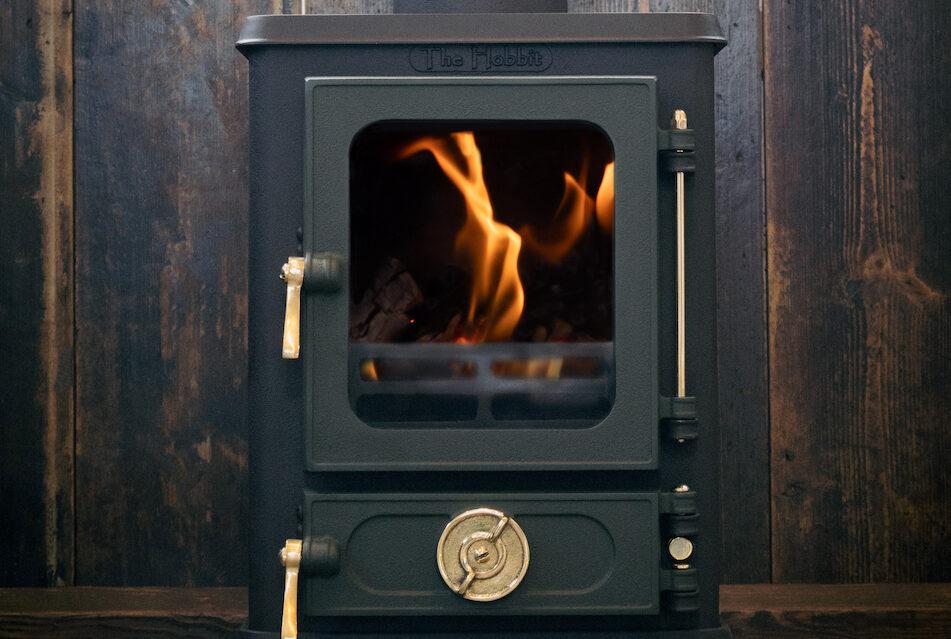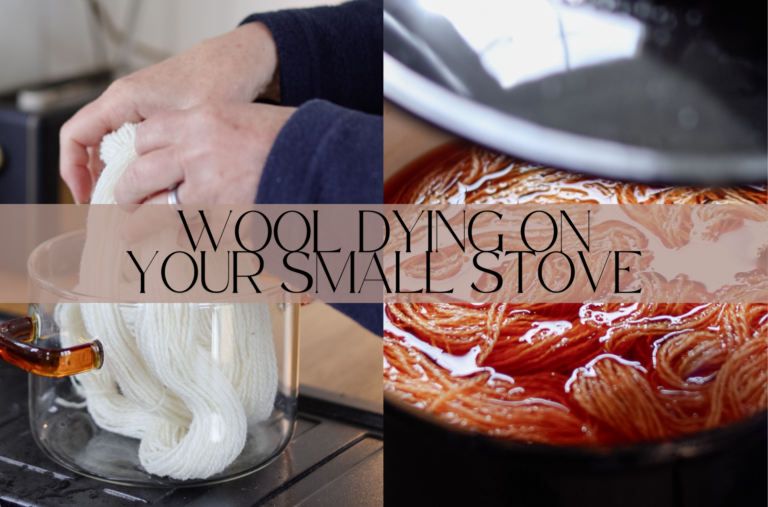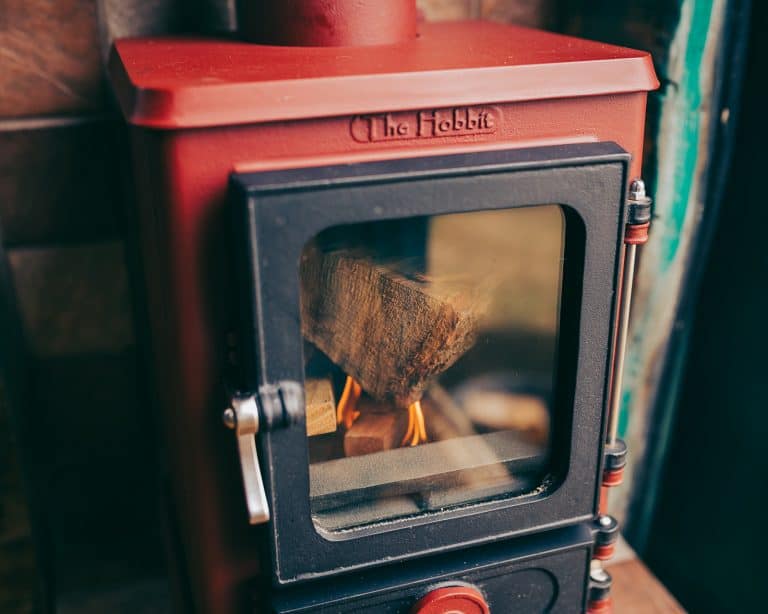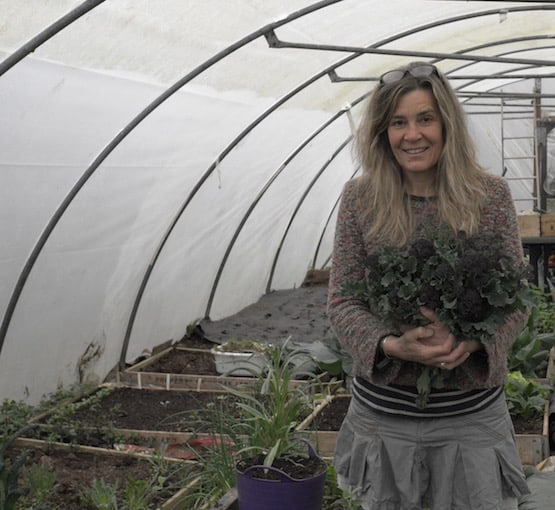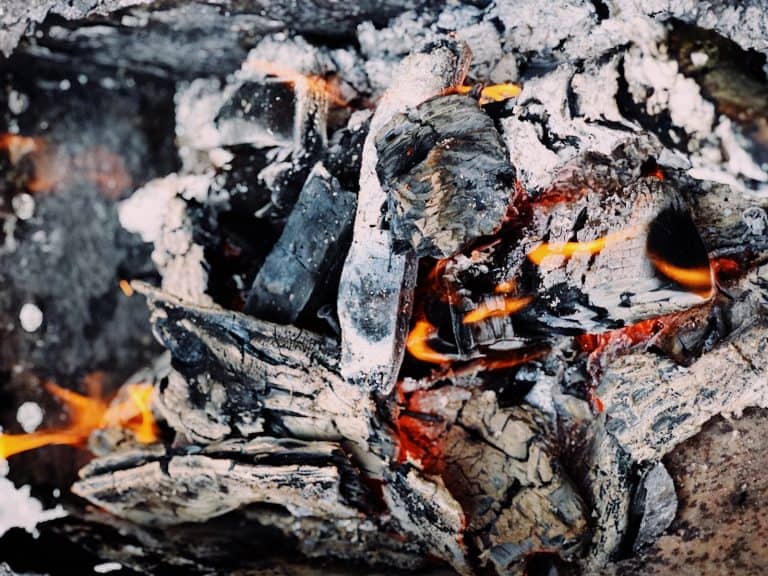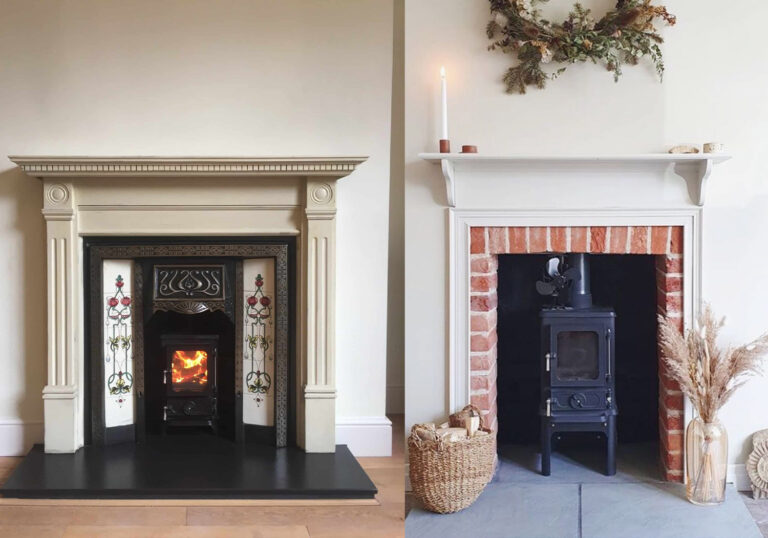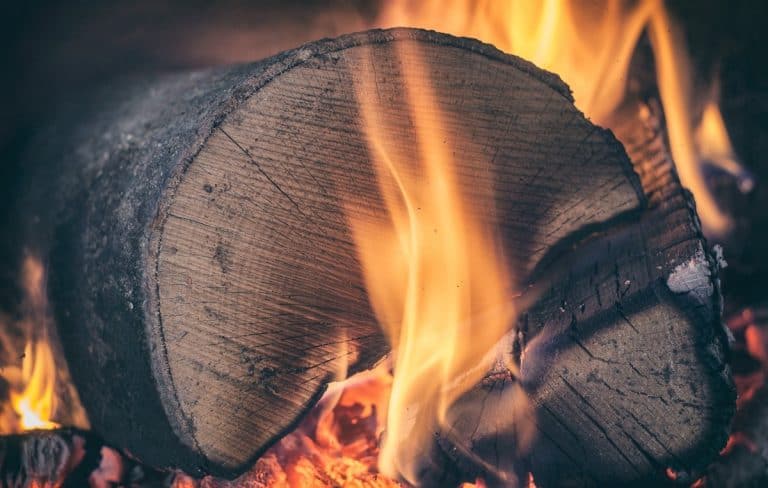How To Duct Heat From A Wood Burning Stove: Our Comprehensive Guide
There is something undeniably comforting about the warmth radiating from a wood burning stove. The crackling of logs, the flickering flames and the enveloping heat create an ambiance that is hard to replicate with any other heating source. However, harnessing that heat effectively throughout your home can sometimes be a challenge. This is where ducting comes into play. By strategically ducting heat from your wood burning stove, you can spread its warmth more evenly, ensuring every corner of your living space feels cosy and inviting.
In this article, we will explore how to duct heat from a wood burning stove and provide practical tips on optimising the even distribution of heat.
Understanding the Basics.
Before delving into the ducting process, it is essential to understand how heat moves and how a wood burning stove generates warmth. Wood stoves primarily produce radiant heat, which warms objects and surfaces near the stove. However, to distribute this heat throughout your home, you will need to utilise convection – the process by which warm air rises and cooler air sinks.
Key steps on how to duct heat from your wood burning stove
- Assess Your Space: Begin by evaluating the layout of your home and identifying the areas where you want to distribute heat from the wood stove. Consider factors such as room size, existing vents or openings, and potential obstacles.
- Plan Your Ducting Route: Determine the most efficient route for the ducting to travel from the wood stove to the desired areas. Keep in mind that warm air rises, so positioning the ducting upward will facilitate natural convection. Aim to minimise bends and turns in the ducting to maintain optimal airflow.
- Seal Joints and Gaps: Apply heat-resistant sealant to any joints or gaps in the ducting to prevent heat loss and ensure efficient airflow. This step is crucial for maximising the effectiveness of your ducting system.
- Zone Heating: Implement zone heating by using dampers or vents to regulate the flow of warm air to specific areas of your home. This allows you to customise heating according to individual patterns, thereby optimising energy usage.
- Test and Adjust: Once the ducting is installed, test the system to ensure proper airflow and heat distribution. Monitor the temperature in different areas of your home to identify any areas that may require additional ducting or adjustments to improve heat distribution.
Optional: Enhance Airflow with Fans or Blowers: If you find that natural convection alone is not sufficient to distribute heat effectively, consider installing heat-powered fans or blowers in the ducting system. These devices can help circulate air more efficiently, ensuring consistent warmth throughout your home.
Ducting heat from a wood burning stove can significantly enhance the comfort and efficiency of your heating system. By understanding the principles of heat transfer and following a few simple steps, you can create a ducting system that effectively distributes warmth throughout your home, while also reaping the benefits of cost-effective and eco-friendly heating.
Please note: We can advise on your flue setup, but we cannot advise on how your ducting system should be installed. If you would like advice on this, or if you would like to know more about the rules and compatibility of your ducting system in relation to our appliances, then we would recommend discussing this with your local stove installer. You can find your nearest recommended installer here.
Other ways that you can distribute the heat from a wood burning stove include the following:
- Heat can be transferred away from your stove with our side boiler option. This sits inside the firebox of the stove and replaces one of the side fire bricksm so that it doesn’t take up any extra space. This can be used to heat hot water, radiators, a non-pressurised shower system etc.
- Consider the different type of flue pipes that can be installed. Using single wall flue pipes is more cost effective and these pipes will radiate more heat into your room. However, single wall flue pipes will need to be placed further away from surrounding materials. You will need to use twin wall insulated flue when exiting through a roof/wall with a freestanding stove installation.

